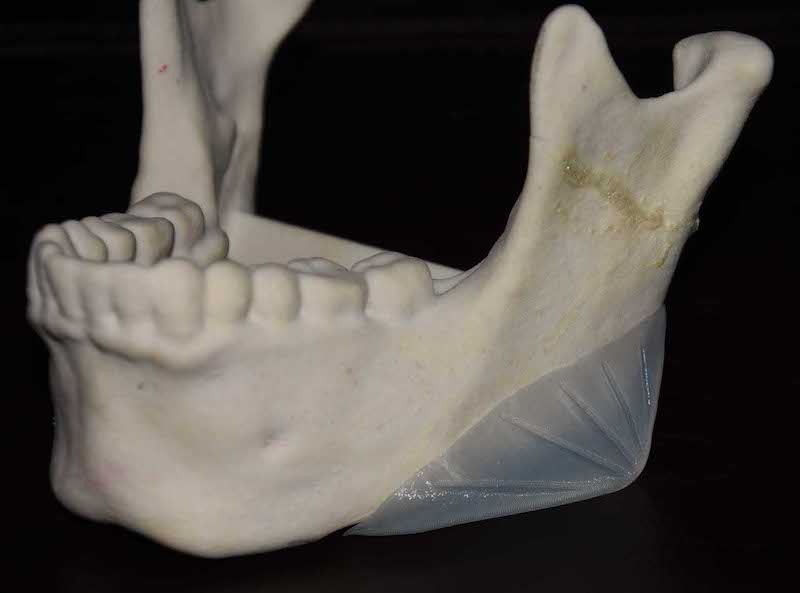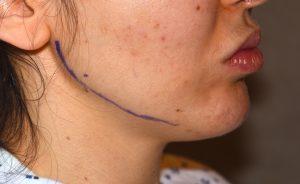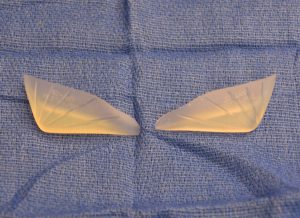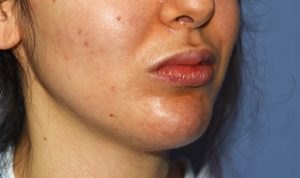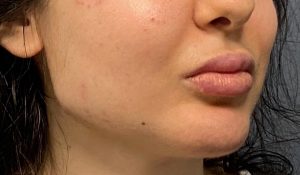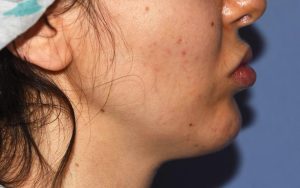Background: The jaw angles of the lower jaw represent two-thirds of the lower face. Despite occupying a large surface area and providing significant soft tissue support to the overlying soft tissues, the jaw angles have historically been less aesthetically recognized than that of the singular projecting chin. This is understandable given that the chin is the most anterior aspect of the lower jaw and it creates the most visible separation of the face from the neck in any viewed angle.
As a result aesthetic augmentation of the chin has a wide variety of implants available for use and the surgical technique for their placement is well established. Conversely jaw angle augmentation techniques are less well known and the implant options more limited to do so. Widening jaw angle implants have been around for three decades and for many men this is a satisfactory jaw angle augmentation method. But for women this is far less frequently successful as their aesthetic sense is for less width and more vertical length. Much like the chin the aesthetic needs are different for women than men.
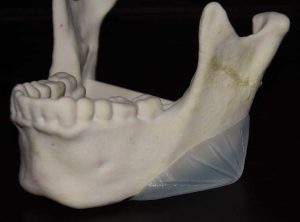
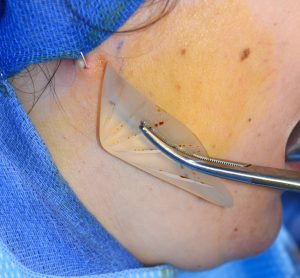
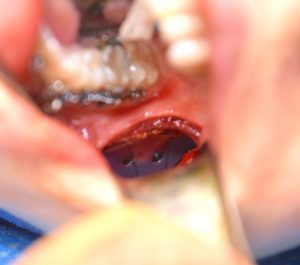
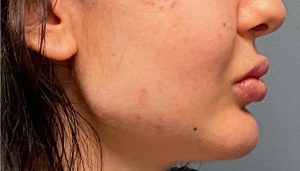
The selection and placement of jaw angle implants is more challenging than that of chin implants for multiple reasons. First it is two implants and not just one that are placed independently of each other. Secondly their placement is way back inside the mouth with the working end of the implant at the furtherest distance from the incision. Lastly, their placement is under the masseter muscle which creates strong forces on the implant. All of these factors requires careful attention to placement and a method of implant fixation.
Case Highlights:
1) Most female jaw angle augmentations are more about a vertical dimensional increase than width to create a more defined back part of the lower jaw.
2) The standard vertical lengthening jaw angle implant requires release of the osteocutaneous ligaments of the jaw angle for proper implant positioning. Screw fixation is needed to keep it there.
3) The size of the vertical lengthening jaw angle implant determines how strong or defined the angle will appear. Most women do well with a medium size if they want a strong jaw angle appearance.
Dr. Barry Eppley
Indianapolis, Indiana

